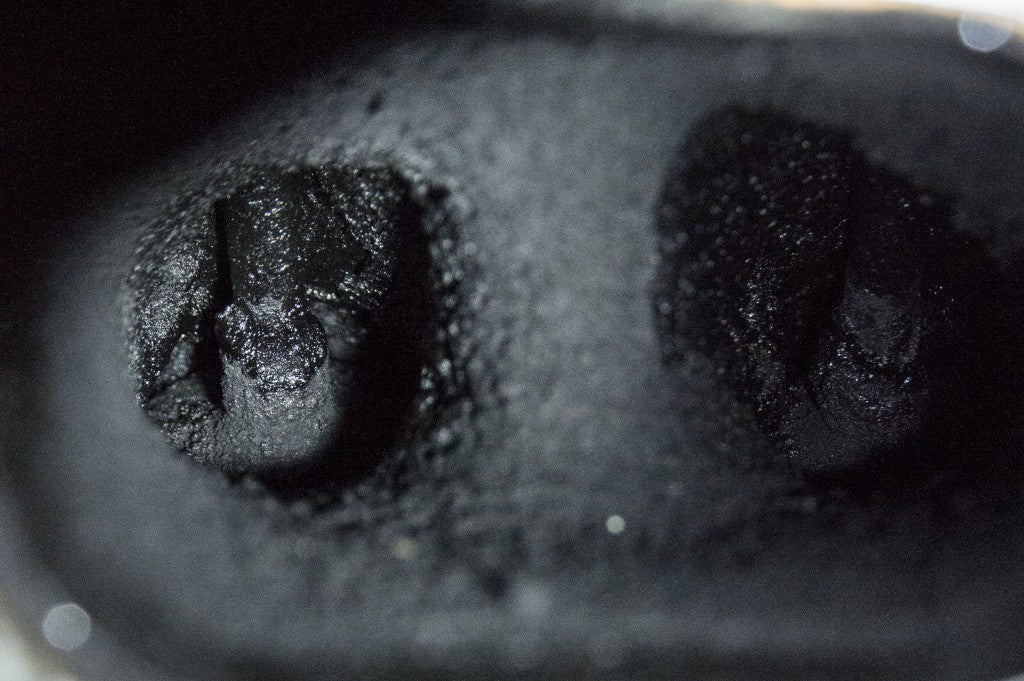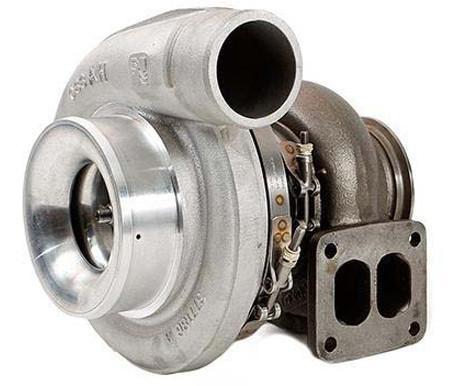Have you heard of Walnut Blasting BMW intake valves? Perhaps you've wondered how Walnut Blasting works. We Walnut Shell Blasted our BMW 335i intake ports, and the results were truly amazing!
As you may have read on our blog recently, we've been hard at work on our new BMW 335i project installing wheels and doing minor performance upgrades in preparation for Proving Grounds. We'll have tons more coverage on intake upgrades and Cobb Tuning flashes here in the next week or so, but in the meantime we've been looking into Walnut Shell Blasting equipment. Here is our review / how-to on Walnut Blasting BMW 335i intake ports and valves.

We first heard about Walnut Shell Blasting on the BMW E90 Forums and knew almost immediately it was something we'd need to explore. Upon cracking open our intake manifold and looking into the intake ports, we were assured it was something that needed to be done. Take a look at this before picture!

When we took the manifold off, it didn't look too bad ....

... but upon further inspection, these valves/ports look nasty!
Obviously, these ports are filthy and in need of some major attention. Just think of the horsepower that's being robbed because of the carbon buildup on these intake valves. We sourced the proper Walnut Blasting BMW E90 equipment and got to work. The process is very straight-forward, and can be completed at home in your garage if you're comfortable operating the media blasting machine. Here are the steps in the process:
- Remove intake manifold and cover the intake tube to prevent stray media from entering the intake tube.
- Use tape or rags to cover the ports that are not being cleaned to prevent stray walnut media from entering your engine.
- Jump the starter to get valve #1 closed.
- Connect the blasting tool to a compressed air source.
- Fill your tool with the proper walnut blasting media.
- Connect the adapter to the intake tract that is to be cleaned.
- Put the blasting tool under pressure and start the vacuum cleaner.
- Start blasting in 1-2 second intervals, waiting a few seconds between cycles to allow the vacuum to work. You shouldn't need to blast each port for more than 10 seconds total.
- Blast out the intake tract that has been cleaned with compressed air to remove any remaining granules. Use a vacuum cleaner with a small tip to get into the nooks of the port to remove any excess.
- Finally, clean out intake tract with brake cleaner or other evaporating cleaner.
- Jump the starter to get the next valve to close.
- Repeat everything for the other intake tracts and valves.
When you've completed all 6 intake ports, you should have something that looks a little like this:

Look at that raw BMW intake port power! Simply amazing.
In case the visual difference isn't enough proof that this is a great way to increase power, take a look at the before and after dyno graphs! The power is visually noticeable in the mid to upper RPM range where the power seemed to taper off before the cleaning. However you chose to look at it, the cleaning was a major contributor to more power, with and increase of 18whp and 13wtq.

Before the cleaning is represented by the red line, where the blue line represents the power after Walnut Blasting.
We've got a bunch of great content coming up here in the next few weeks. We'll be doing in-depth analysis of the aFe Cold Air Intake system along with Dyno results of every Cobb Tuning ECU flash available for the BMW 335i. Stay tuned, you wont regret it!




Comments (25)
It can actually get bad enough that the valves won’t seal completely when closed causing lowered compression resulting in loss of hp/tq
Our Mazda needed this too. I cleaned them the hard way with picks and mccc.
That makes NO sense at all.
How do you figure?
It is exactly the cause. Are you familiar with the differences and operation of direct injection and MPI?
Oxygen does not leave deposit’s behind, and if there is no fuel being sprayed there the fuel cannot build up…. that’s most likely oil vapor build up and that would mean the crankcase ventilation system needs to be addressed.
Fuel thins oil out stupid band aid excuse.
You’re a noob, you think it’s the GDI system … cars have been getting carbon build up since forever before direct injection became popular and just about every diesel is direct injected. So, hate to break it to you I’ve known about ‘’carbon build’’ up for a decade. It’s an emission’s violation to add a catch can.
The cause is crank case build up, not fuel spraying on the valve those PCV deposits will gum up the injector tip up too, please stfu this has happened in port and direct injection .
Direct injection is 100% the reason for the buildup. I have seen this on the 3.5 Ecoboost motors at my work. Since there is no fuel being sprayed into the port all the shit from the PCV and breather ports builds up in the ports.
Noob (who says that anymore)? Haha not exactly my “engineer” friend. Maybe you misread my initial post. Direct injection is most definitely the cause that carbon build up has been such a problem as of lately. It is not the direct cause of the build up (that’s a silly notion). With MPI, fuel spraying on the back side of the valves kept the build up from becoming a problem because it was constantly being washed away by the fuel (being sprayed by injectors). This happens on every Audi/VW with direct injection. I guess from your logic VAG needs to issue a massive recall to repair the PCV valves in every engine. Right now they are recommending cleaning the valves and releasing the cars. By “they” I mean audi engineers who are not “noobs”. Or maybe they are? You better contact them, they will listen for sure!
Uh oh. Apparently another noob who works in the industry thinks the same thing I do!!! Better correct him!